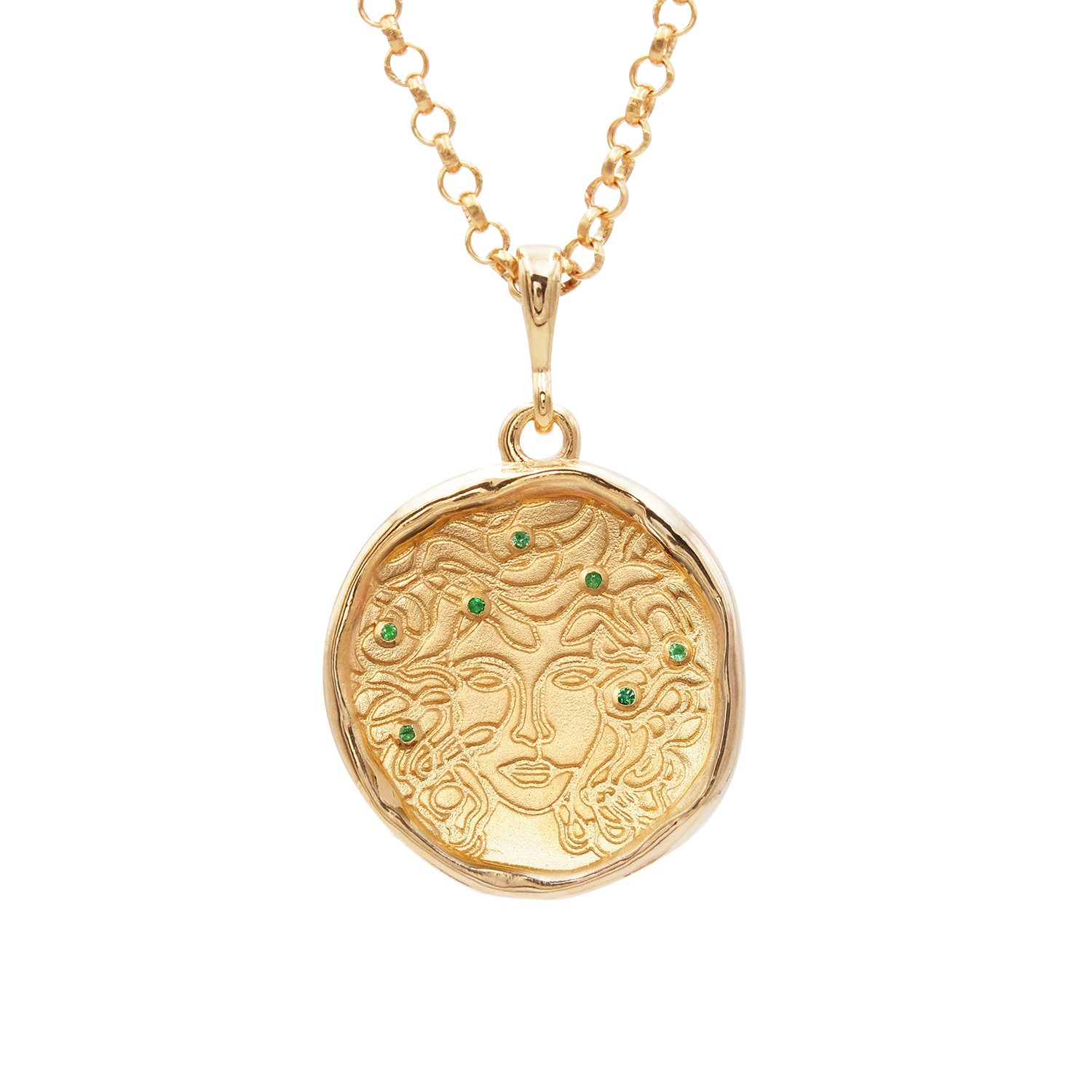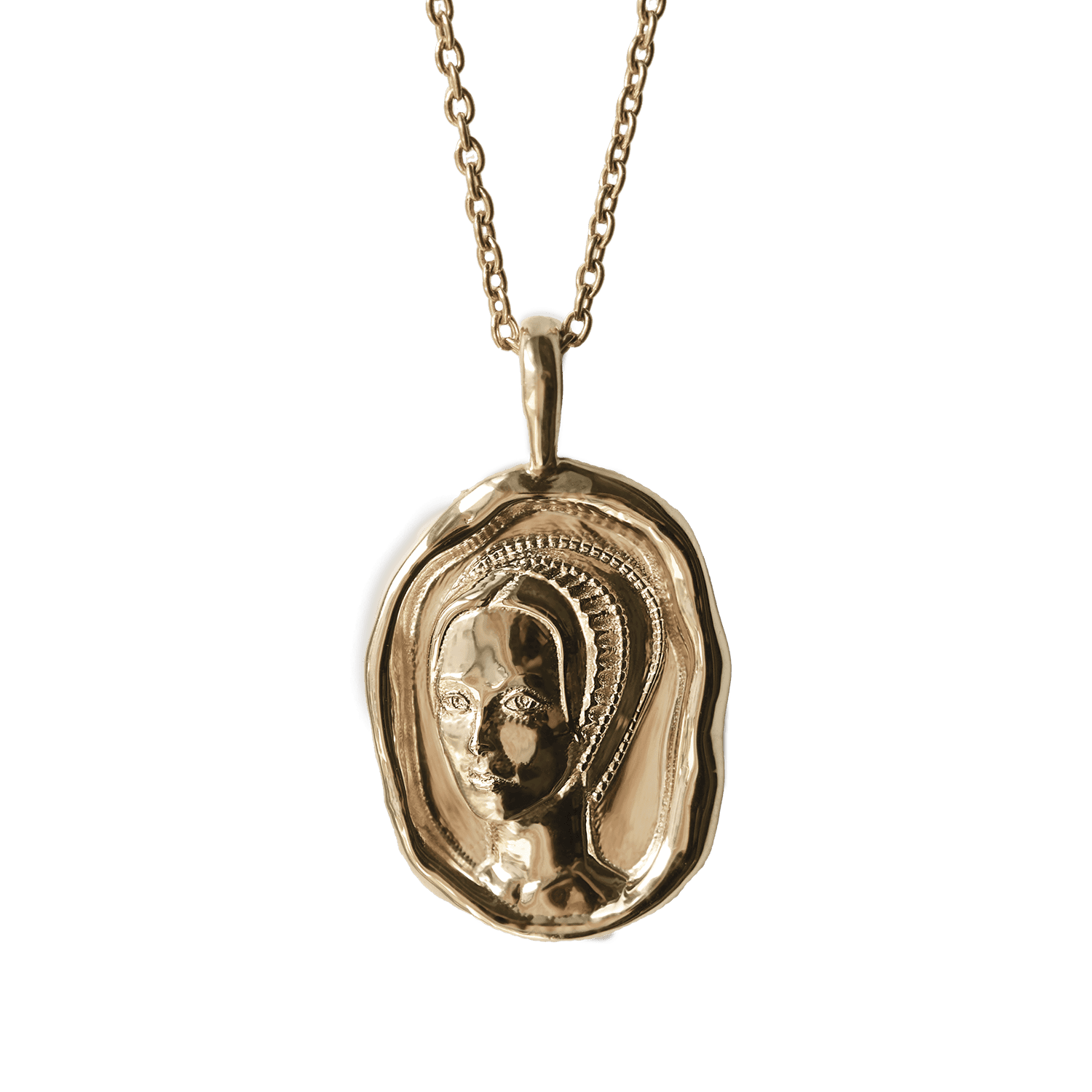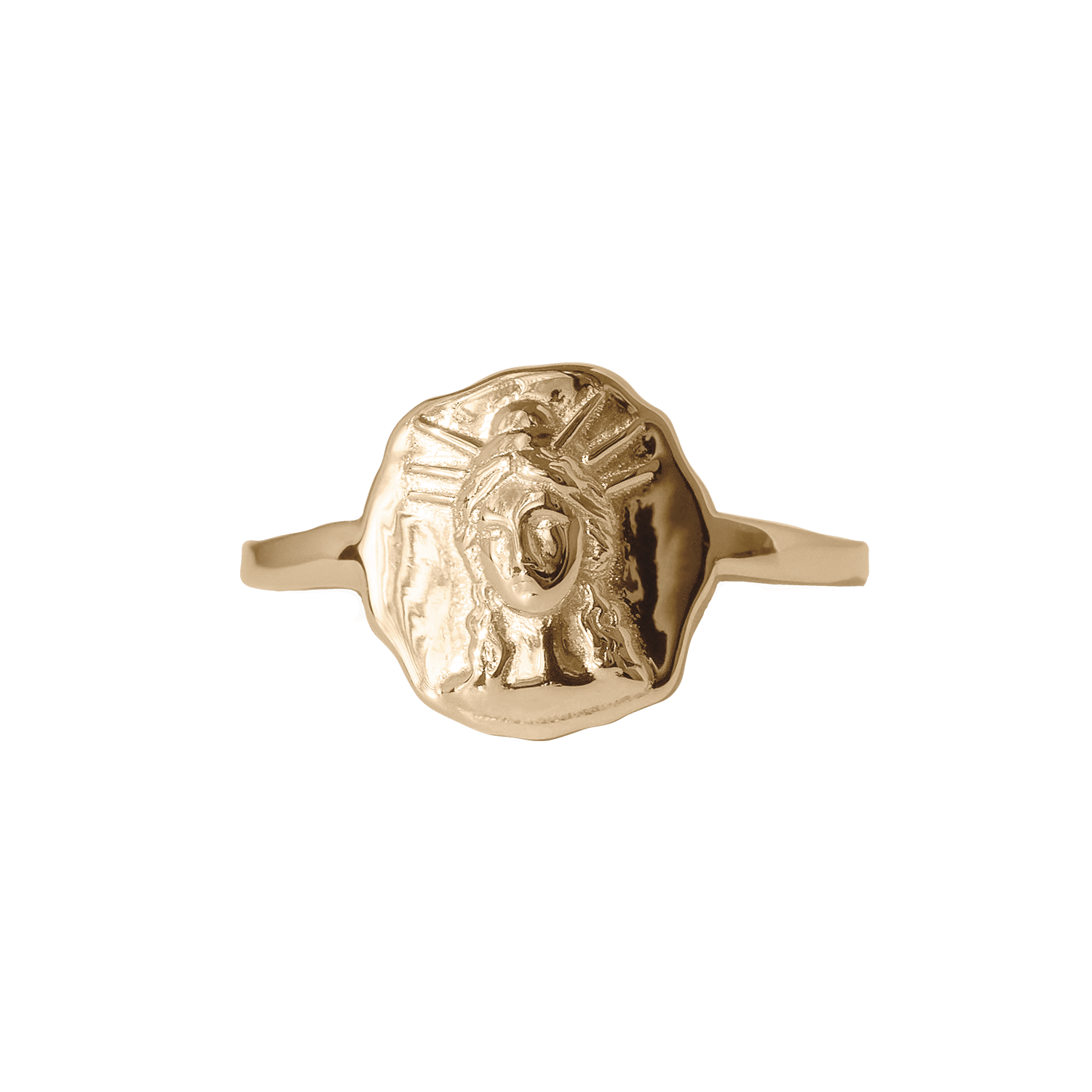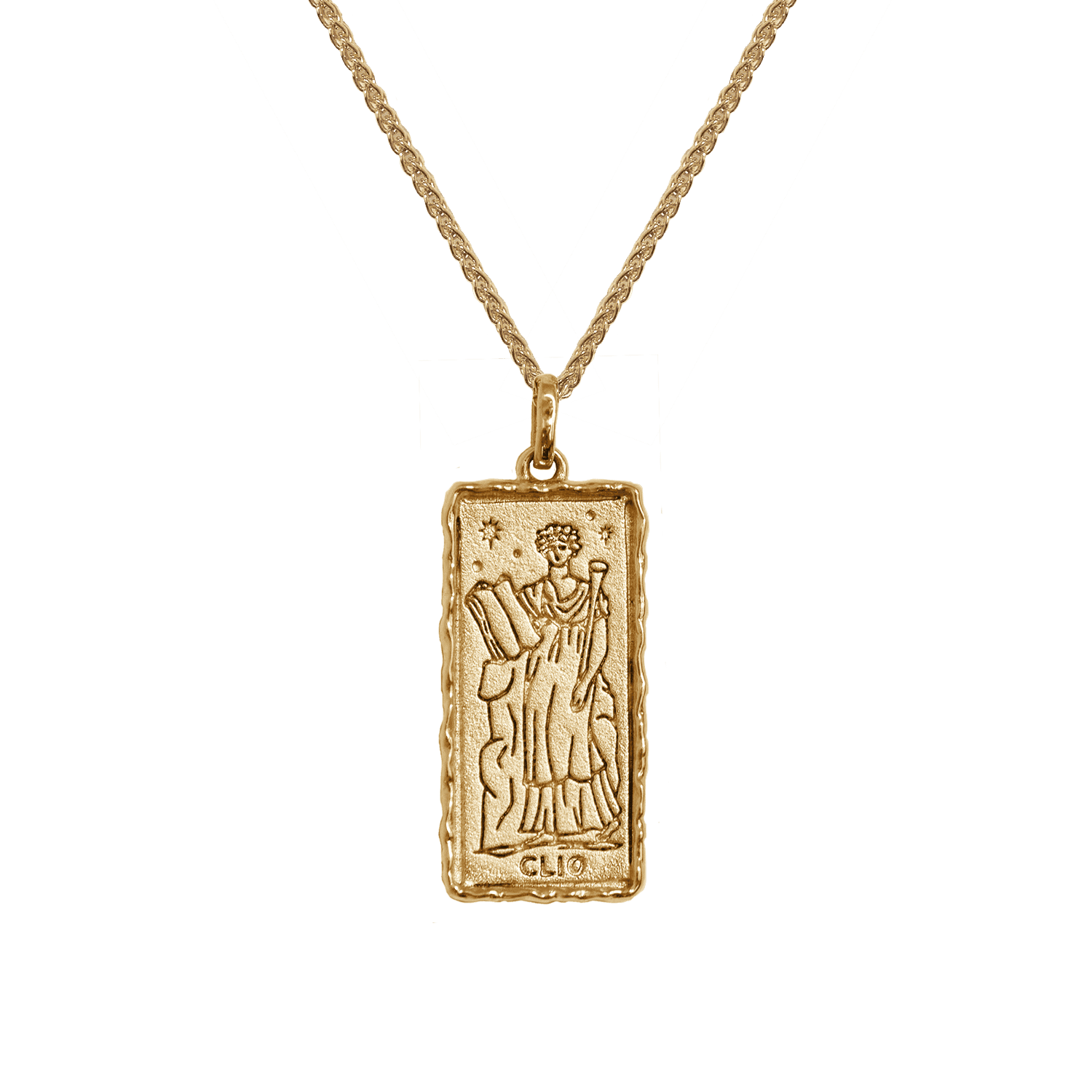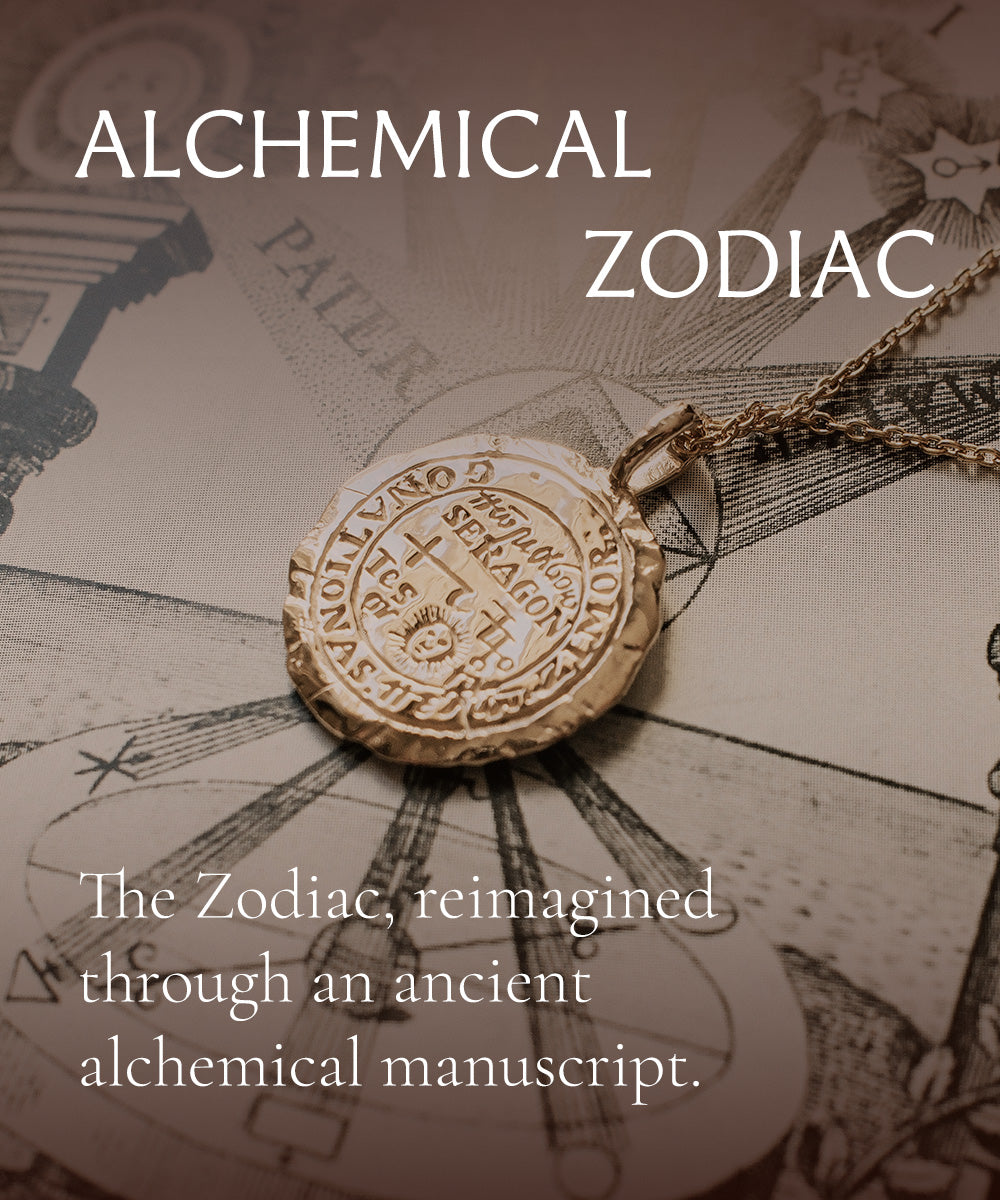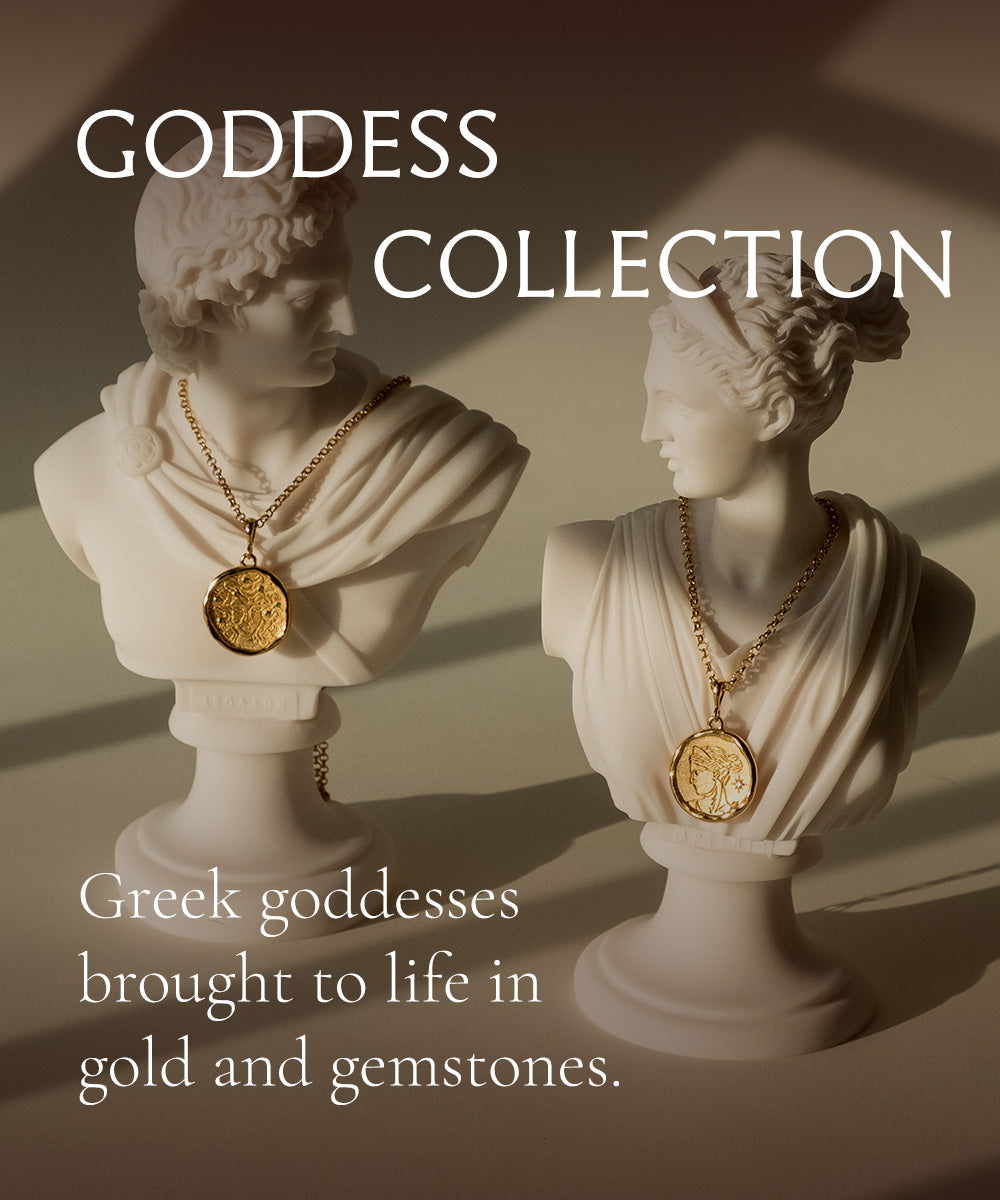This time of year, while the veil is thin, it is a suitable occasion to dabble in witchery—particularly in that which is dark, dangerous, or extraordinarily strong.
Circe was a good witch. She was also a scientist, a researcher. She spent hundreds of years on Aeaea muddling and mixing, diluting and dissecting, casting spells and healing ailments, discovering as many properties of plant life as she could.
Women have always sought this knowledge. Often put in the role of nurse, healer, or caregiver, women quickly learned how to make use of their surroundings in the name of helping people. However, gathering this information was seen by some as improper for a woman, and it’s speculated that witch hunts began in part by people who thought women should simultaneously be caregivers but also not seek any knowledge, even of healing.
People in power have long been afraid of educated women. During the early modern period, women were driven from healthcare by the threat of being accused of witchcraft, while men were educated and licensed.
Here is some of the information that women gathered anyway.
Opium Poppy - Papaver somniferum
This type of poppy was found to be useful at least 5400 years ago, perhaps longer. As the name suggests, this poppy produces opium, as well as other alkaloids that are used today to make strong painkillers. Before this type of processing was invented, people made use of the sap of the poppy to alleviate intense pain and insomnia. Interestingly, the poppy flower looks a bit like an upside-down pomegranate, which is commonly known as a symbol of Persephone, goddess of springtime and Queen of the Underworld. After Persephone disappeared, her mother Demeter fell so deep into her mourning that poppies sprouted wherever her feet fell, as if her sorrow was so profound that nature itself took notice, offering the goddess relief from her pain.
Mugwort - Artemisia vulgaris
Though mugwort has many practical uses, like repelling moths and soothing aching feet (for which marching Roman soldiers were grateful), the bitter herb is widely known for its powerful magical properties involving dreams. Mugwort contains thujone, a psychoactive component found in many other plants, like tansy and wormwood. When smoked or brewed into tea, the presence of this compound may make one more inclined to having lucid or even prophetic dreams. No need to ingest it, thujone can cause liver damage. Instead, add a little mugwort into your lavender sachet and tuck it under your pillow before bed. Be careful when handling, as transdermal absorption of thujone is possible. Mugwort is also known for “promoting menstruation,” a common euphemism for an abortifacient, though it was also used to alleviate menstrual pain.
“At the birth of the modern age, the female body was regarded as a kind of factory whose purpose was to serve the good of society. This was one reason why all herbs that affect menstruation, pregnancy, birth and nursing were branded witch’s herbs, mugwort being one of them.” -Museum of Contraception and Abortion
Common Wormwood - Artemisia absinthium
Grown in the shadow of its cousin, mugwort, wormwood has also historically been used to treat a number of ailments, including stomach problems, muscle pain, and worms. Today it is most notorious as the herbal ingredient in absinthe, the mysterious, green spirit that tastes of anise. Wormwood was used in Russia to ward off Rusalki, vengeful water spirits, and in many places it was ingested to heighten psychic powers. Both wormwood and mugwort are of the genus Artemisia, relating to Artemis, the Greek goddess of the hunt—it is said that Artemis was the first to discover and share the powers of these plants.
Wild Tobacco - Nicotiana rustica
Smoking tobacco, or Nicotiana tabacum, has a long, dark history, especially in the Americas. Most people are well aware of the addictive and harmful effects of the narcotic. Wild tobacco is similar in structure, a hearty plant with strong effects that sharpen the mind and offer mild euphoria when smoked. Some Indigenous Americans held tobacco in reverence due to its effects on the body and mind, and it was believed that smoke from tobacco carried ideas, thoughts, or pleas up to gods. All parts of the tobacco plant are poisonous.
Common Vervain - Verbena officinalis
Called sacra herba by the Romans, vervain has been used medicinally for centuries. Folk medicine tells us that a vervain root split in half, with one half over a fire and the other around a cancer patient’s neck, will shrink a tumor. Mouse studies show that there may be some real, scientific evidence to support these claims, but human trials have not been performed. More commonly, vervain was used to incite feelings of love, to reconcile the bitterest of enemies, or even to make even the most indifferent heart fall hopelessly in love. Use with caution, and be careful what you wish for.
The women who utilized these herbs and plants knew of their ill effects, so if you are not extremely familiar, always consult a medical professional before any sort of use and always proceed with caution. None of these plants are recommended for recreational use.
